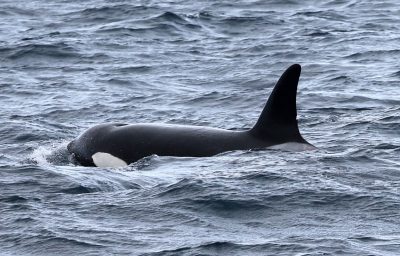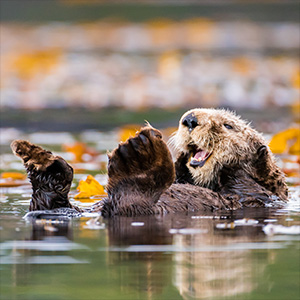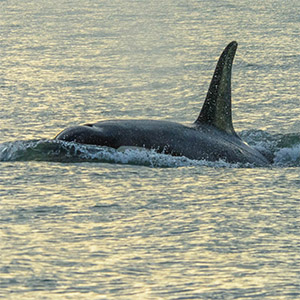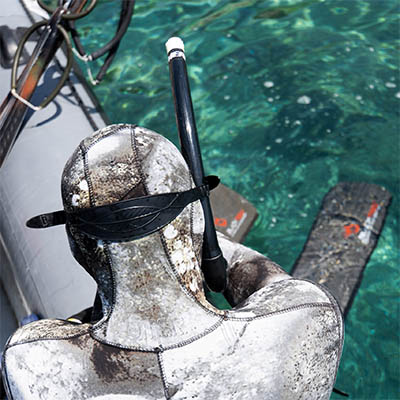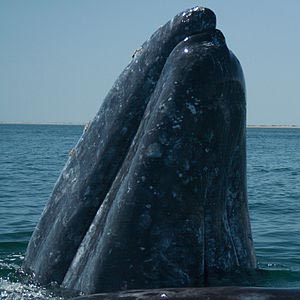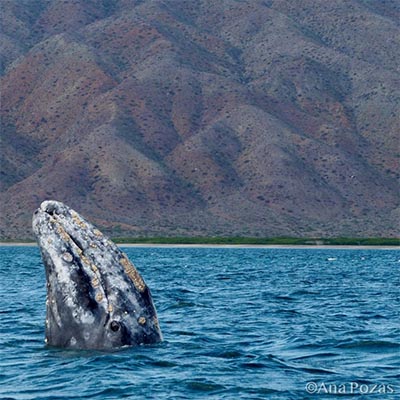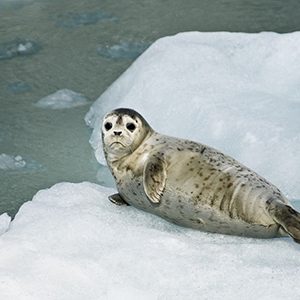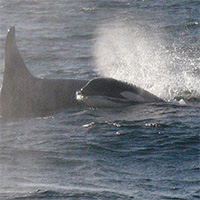Shark-bitten orcas in the Northeastern Pacific could be a new population of killer whale
UBC researchers believe a group of killer whales observed hunting marine mammals including sperm whales, as well as a sea turtle, in the open ocean off California and Oregon could be a new population.
Hungry, hungry otters! Looking at captive sea otters to understand their wild counterparts
These furry marine mammals seem to have bottomless stomachs — what does that mean for the habitats and species around them?
Illustrated catalogue with local artwork showcases the Transient Killer Whales of Central and Northern California and Oregon – the ‘wolves of the sea’
Science is not just for scientists. Citizen science has been instrumental in helping us understand more about the elusive, but majestic, transient killer whales.
Teenage orcas could be roughhousing with boats off the coast of Spain
Killer whales are in the news for sinking boats off the coast of Spain.
How do marine mammals make decisions about diving?
PhD candidate Rhea Storlund decided to take an unconventional approach to understand how marine mammals dive by asking human breath-hold divers about the decisions they make.
Grey Whales — the other Pacific Northwest resident whale
Grey whales face many threats ranging from entanglements and ship strikes, to loss of habitat and reduced prey availability. Researchers are collecting data this summer needed to quantify and mitigate these threats.
Decoding the secret lives of killer whales one micro-second at a time
Using methods to detect when the animals are catching prey and to model their energy expenditure will be key to understanding the differences between these neighbouring whale populations.
Grey Whale Watching in Baja California Sur, Mexico
It’s that time of year again, when people and grey whales head to the lagoons of Baja California Sur for the annual winter event.
Long-term studies quantify the prey requirements of pinnipeds, and help predict the effects of nutritional stress
Two new studies by Dr. David Rosen answer the question: “How much fish does a seal need?”
How big is that whale?
New data from stranded whales is yielding better estimates of body sizes needed to determine drug dosages, as well as assess the health and food requirements of whales
